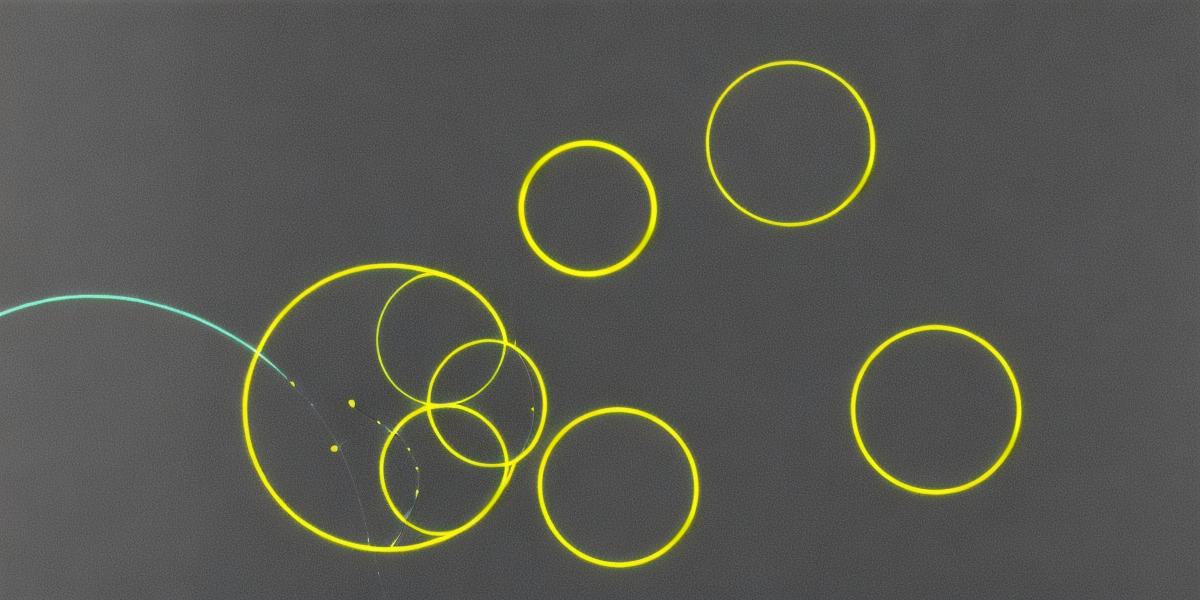When it comes to optical systems, sensitivity is a crucial factor that can significantly impact their performance. But what exactly does sensitivity mean in this context, and should you opt for a low or high sensitivity system? Let’s explore the ins and outs of sensitivity in optical systems, and help you make an informed decision.
What is Sensitivity in Optical Systems?
First things first, let’s define sensitivity in the context of optical systems. In simple terms, sensitivity refers to a measure of how responsive a system is to light or other electromagnetic radiation. A highly sensitive optical system can detect weak signals or tiny amounts of light, while a less sensitive one may require stronger signals for detection.
Factors Affecting Sensitivity

Several factors can influence the sensitivity of an optical system, such as:
- Detector quantum efficiency: The ability of a detector to convert incoming photons into electrical signals.
- Optical losses: Any reduction in the amount of light that reaches the detector due to reflections, absorption, or scattering.
- Amplification: The use of gain elements (such as amplifiers) to boost weak signals and increase sensitivity.
- Signal processing: The ability to effectively extract and analyze signal information from noisy data.
**Applications: When to Use Low vs. High Sensitivity Systems**
Now that we’ve covered the basics, let’s discuss when you might want to consider using a low or high sensitivity system.
**Low Sensitivity Systems:**
Low sensitivity systems are ideal for applications where strong light signals are readily available or required.
Some common examples include:
Astrophotography:**In this field, large telescopes collect massive amounts of light, making low sensitivity systems a good choice to capture the faintest details in the night sky.
- Industrial Inspection: High intensity lights are commonly used for industrial inspections, such as inspecting welds or checking for defects in materials. Low sensitivity systems can efficiently handle these strong signals and deliver clear results.
- Security Cameras: Surveillance cameras typically operate under well-lit conditions, making low sensitivity systems more suitable to provide a good balance between image quality and power consumption.
**High Sensitivity Systems:**
On the other hand, high sensitivity systems are essential for applications where weak light signals need to be detected or amplified.
Some common examples include:
- Medical Imaging: In fields such as Magnetic Resonance Imaging (MRI) and X-rays, high sensitivity is crucial to capture detailed images of the human body with minimal disturbance to the patient.
- Military and Surveillance: High sensitivity systems are used in stealth operations or covert surveillance applications where weak light sources need to be detected from a distance.
- Scientific Research: Applications such as spectroscopy, particle physics, and astronomy require high sensitivity systems for detecting minute amounts of light or electromagnetic radiation.
**Summary: Making the Right Choice**
In conclusion, understanding the concept of sensitivity in optical systems and deciding whether to opt for a low or high sensitivity system depends on the specific application requirements. By considering factors like the availability of light signals, quantum efficiency, optical losses, amplification, and signal processing, you can make an informed decision. Remember that each system type has its unique advantages and challenges, and the choice ultimately boils down to what best fits your needs.
